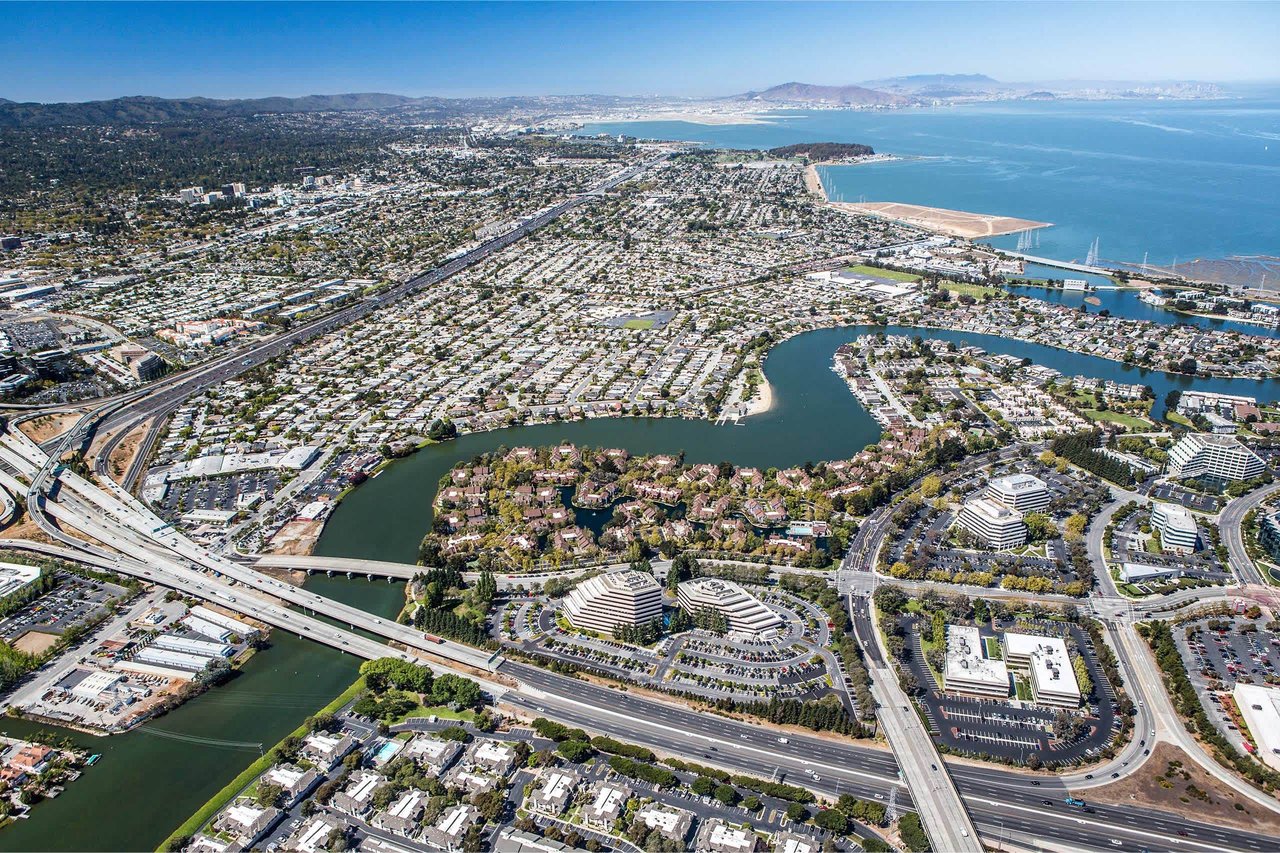The City of San Mateo sits in the heart of the Peninsula and provides residents with a wonderful place to live, work, and raise a family.
However, San Mateo has become so expensive that longtime residents, seniors, and younger residents are being pushed out of the city because they can’t afford to stay. More affordable housing in the city would give longtime residents a chance to keep living in their neighborhoods while also ensuring that young families, seniors, and essential workers such as teachers, nurses, and first responders can afford to live in our community.
LOCAL PROPOSAL TO MEET STATE-MANDATED HOUSING REQUIREMENTS
To meet current and future housing needs, State law requires that the City of San Mateo plan for about 7,000 new housing units by 2031. The State is also anticipated to require the City to plan for up to 15,000 new units by 2040. To address this housing shortfall, the San Mateo City Council is considering placing a measure on the November 2024 ballot to allow for additional housing for low- and middle-income residents
and to allow the City to meet State housing requirements.
The ballot measure under consideration would not increase taxes and would allow the City to be smart about how it plans for the future by concentrating housing near jobs and where it is best served by existing infrastructure, transit, and shops – along El Camino Real and near Caltrain stations.
Without the measure, the City would need to increase density citywide, in all residential neighborhoods, to meet the State’s housing requirements. This could include building high-density apartments next to single-family homes.
MEETING HOUSING NEEDS AND SUPPORTING A VIBRANT DOWNTOWN
By concentrating new housing in and around Downtown San Mateo, the measure would allow existing residential neighborhoods to stay low-density while creating a more vibrant downtown by placing higher density within walking distance, which will support a greater diversity of businesses
and employers and generate more customers to support local businesses.
BENEFITING BUSINESS AND THE COMMUNITY
Additional housing from the measure would not only meet State mandates and preserve local control but would also improve the business climate downtown and support local businesses and business districts around the city. Independent studies show that this plan would generate millions of additional dollars each year for essential city services. By locating new housing closer to transit, jobs, and services, San Mateo would also reduce vehicle trips, traffic, and greenhouse gas emissions while increasing transit use.





